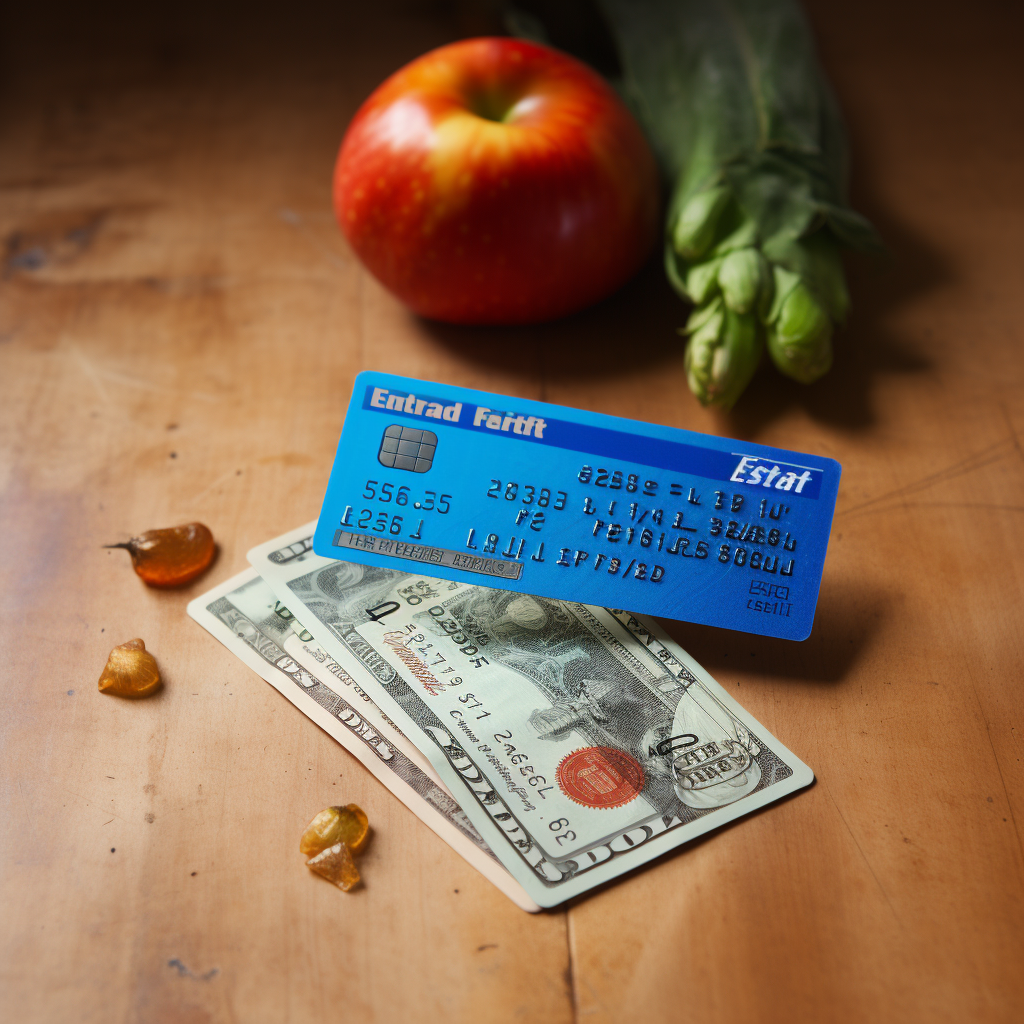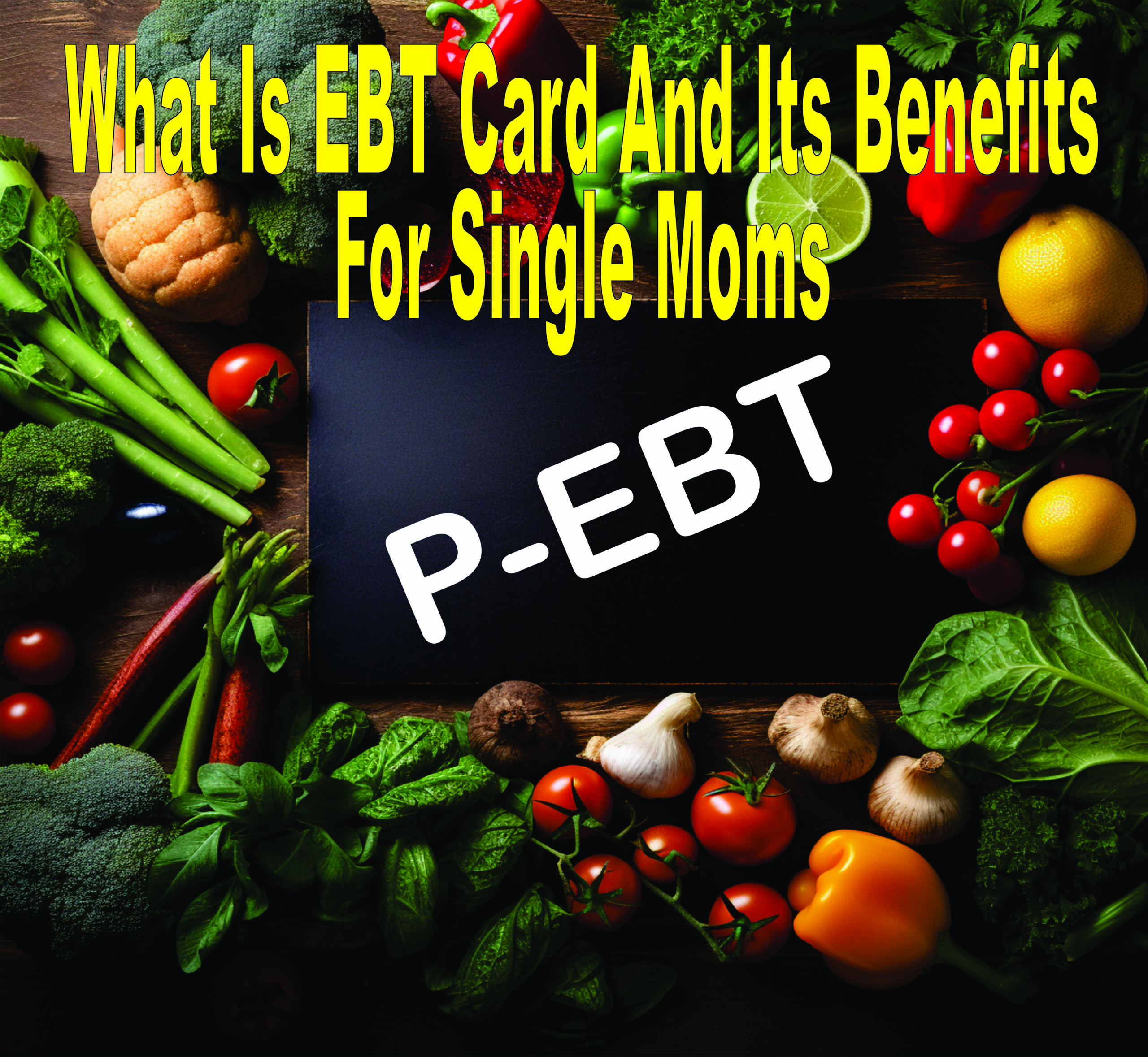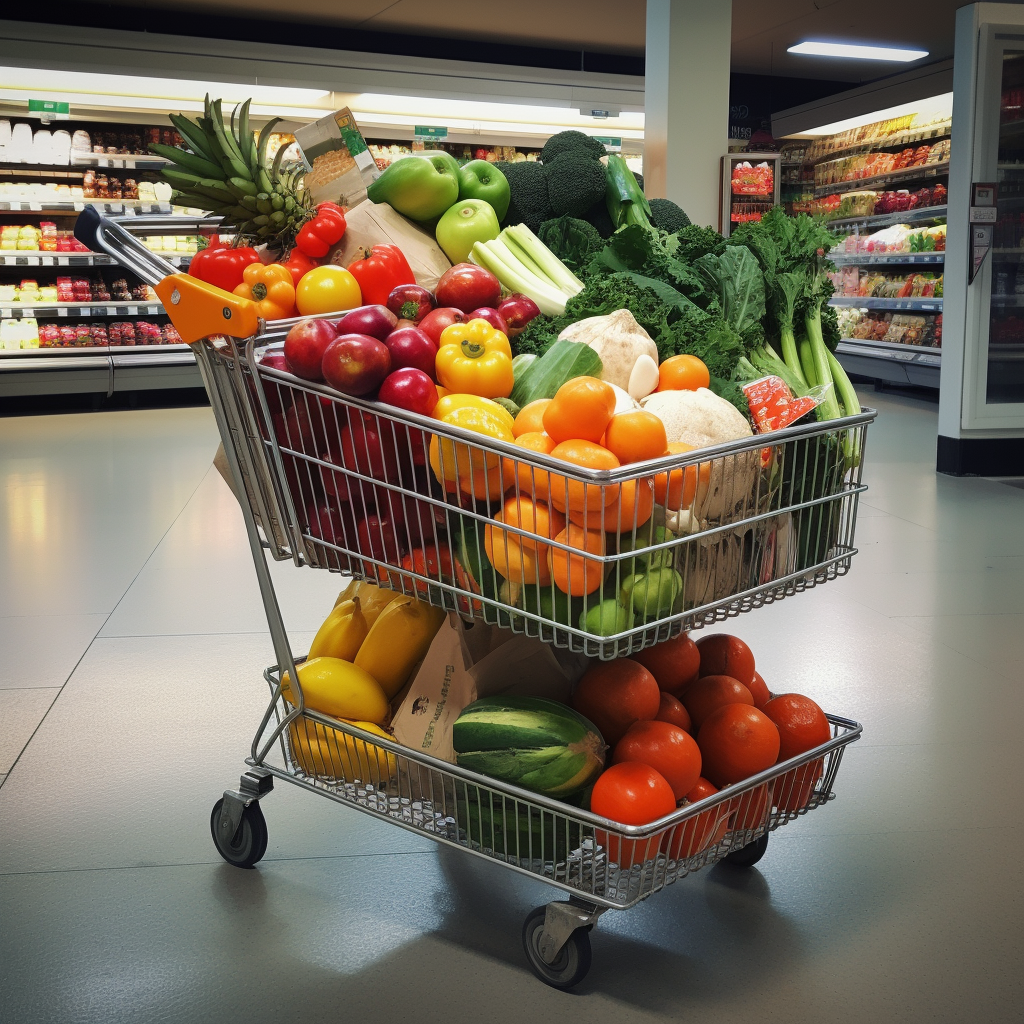Last Updated on January 30, 2024 by Lori Pace
Electronic Benefits Transfer (EBT) is an electronic system that allows SNAP participants to purchase food with SNAP benefits. Participant will shop in SNAP-authorized retail stores. Their SNAP EBT account debits to reimburse the store for the food purchased. EBT can be used in all 50 states and the District of Columbia. It is also available in Puerto Rico, Guam, Puerto Rico, Puerto Rico, and the Virgin Islands. Since June 2004, EBT has been used in all 50 states as the only method to issue SNAPs.
What Is Pandemic EBT (P-EBT)?
P-EBT is part of the U.S. government’s response to the COVID-19 epidemic. It was created by the Families First Coronavirus Respond Act (FFCRA). P-EBT offers benefits that are very similar to SNAP benefits to children who would otherwise have received reduced or free school meals due to COVID-related school closings or school attendance or hours reductions.
How To Apply For Food Stamps EBT Card As A Single Mother?
Visit your local SNAP office to begin your SNAP applications. To apply for SNAP benefits, applicants must fill out a form. Then, they must return it to their local SNAP office.
Before you apply for SNAP, make sure to use the Food and Nutrition Service Screening Tool. If you need immediate assistance, call the USDA National Hunger Hotline at 1-866-3-HUNGRY (1-866-348-6479) or 1-877-8-HAMBRE (1-877-842-6273).

Food Items Under SNAP (Food Stamps)
Families that are eligible can access a variety of food products to meet their nutritional needs. You can use the majority of food stamps to purchase healthy foods. Families may be eligible depending on their nutritional requirements to receive:
- Vegetables and fruits
- Meat, poultry, and fish
- Dairy products like milk and cheese
- Cereals and bread
- You can also find snacks and non-alcoholic drinks. Examples include tea, coffee, hot chocolate etc.
- The plants and seeds that can grow the food the family eats.
You cannot use SNAP to purchase alcohol, tobacco products, or non-food items such as groceries and medicines.
SNAP Resources And Income Limits For EBT Card
For SNAP benefits, households must pass tests to measure income and resources. These standards have temporary changes during the coronavirus epidemic. Check with your state for the most current requirements.
Resources
Households can only have $2,250 worth of countable resources (such as a bank account) or $3,500 for those 60 years or older or disabled.
Some resources, such as land or a home, are not part of the calculation. Supplemental Security Income (SSI), Temporary Aid for Needy Families(TANF), and most retirement plans or pension plans have exemptions from the resource cap.
States determine the procedures for handling vehicles. The value of a household’s primary vehicle isn’t part of the calculation in 32 states, and 21 states only allow one vehicle per household. Two other states use a formula for determining the vehicle’s countable resource value.
Income Limits
Unless all household members receive SSI, TANF, or general assistance, they must meet income requirements. Only the net income test is required if a relative is over 60 or a person receives disability payments.
Each year, income limits change. The USDA website has the most current information. Limits for applicants between September 2020 and September 2021 include:
- 1 household member: $1.383 (gross Monthly Income or 130% poverty); $1.064 (Net Monthly Income, 100% poverty).
- 2 households: $1,868 gross; $1,437 net
- 3 households: $2,353 gross; $1,812 net
- 4 members of the household: $2,839 (gross); 2,184 (net).
- 5 members of the household: $3,324 (gross) and $2,557(net).
- 6 members of the household: $3,809 (gross); $ 2,930 (net).
- 7 members of the household: $4,295 gross; $3,304 net
- 8 members of the household: $4,780 gross; $3,677 net
- Each additional member: $486 for the gross and $374 for the net.
Note: The household’s gross income is its total income, minus deductions. The net income is the gross income less any allowable deductions. Alaska and Hawaii have higher SNAP gross income and net income limits.
Allowable Deductions
The income limits and deduction dollar amounts change each year. For the most current information, please visit The USDA’s website. Some of the current deductions include:
- Earned income is subject to a 20% deduction.
- A standard deduction of $167 is allowed for households with one to three persons and $181 for four. Higher amounts are available for larger households.
- If you are unable to work, train or educate your dependents, you can deduct the care cost.
- If they are not covered by insurance, medical expenses for disabled or elderly household members exceed $35 per month.
- Support payments for children are legally due.
- Some states allow homeless households to spend $156.74 on shelter costs.
- Extraordinary shelter costs exceed half the household’s income after all other deductions. Fuel to heat and cook with are all allowable costs. Except for an elderly or disabled household member, the shelter deduction cannot exceed $586. Guam, Alaska, Hawaii, and Hawaii have higher shelter deductions.



